-
 © Tony Baker/Classic and Sports Car
© Tony Baker/Classic and Sports Car -
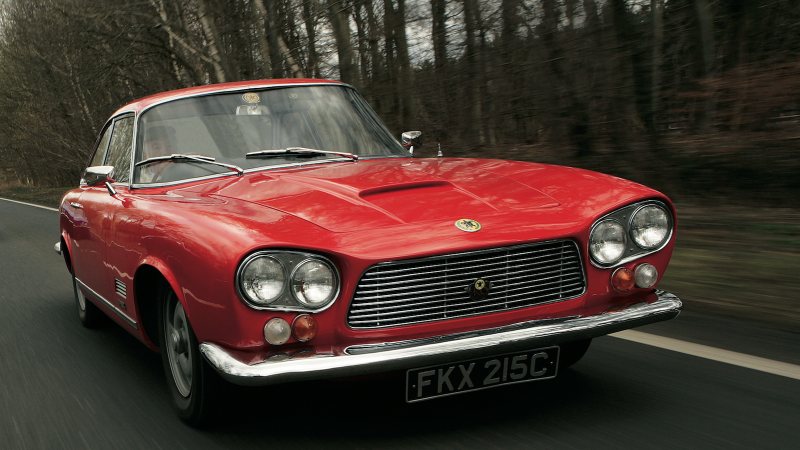 © Classic and Sports Car
© Classic and Sports Car -
 © Tony Baker/Classic and Sports Car
© Tony Baker/Classic and Sports Car -
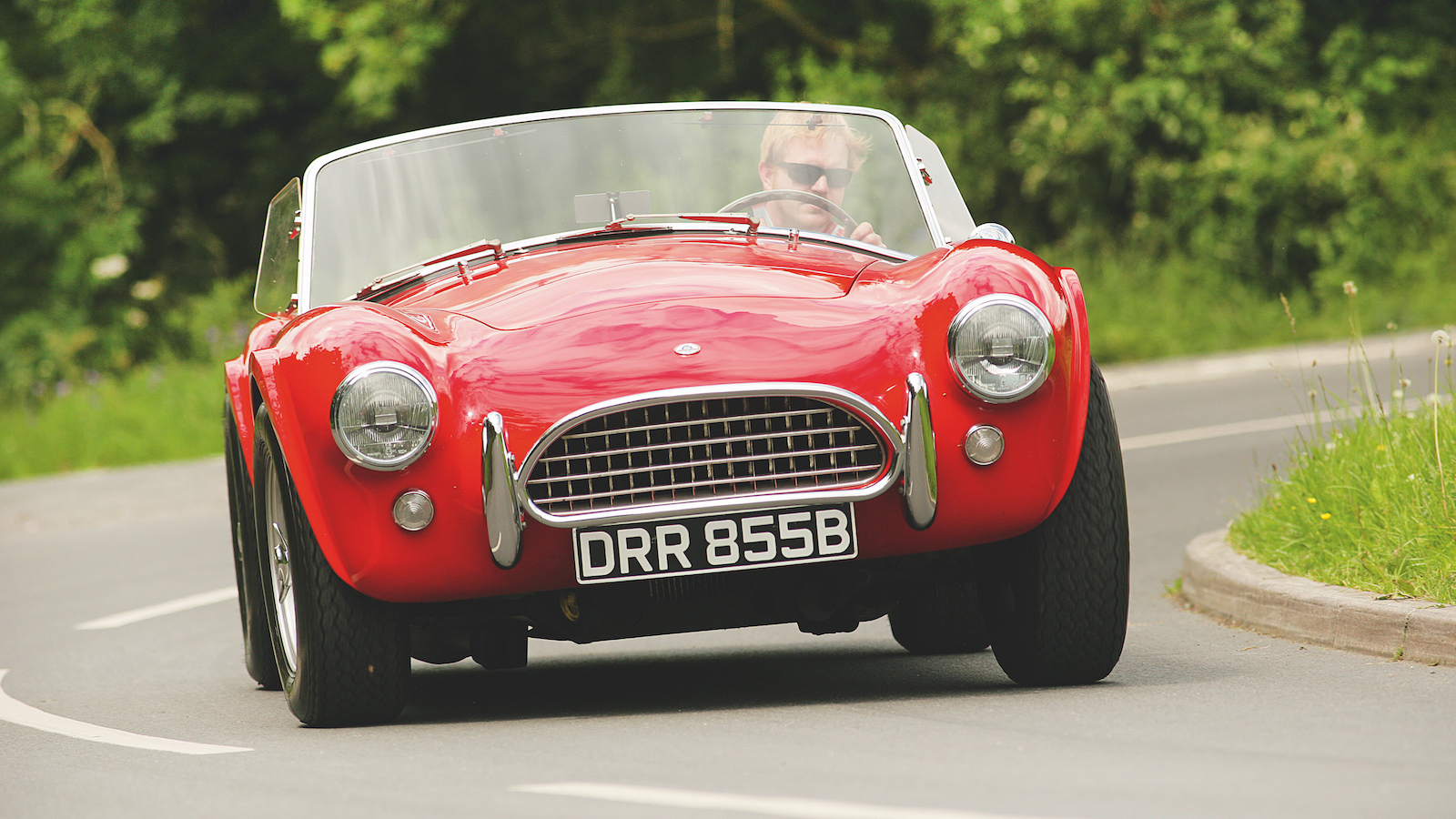 © Tony Baker/Classic and Sports Car
© Tony Baker/Classic and Sports Car -
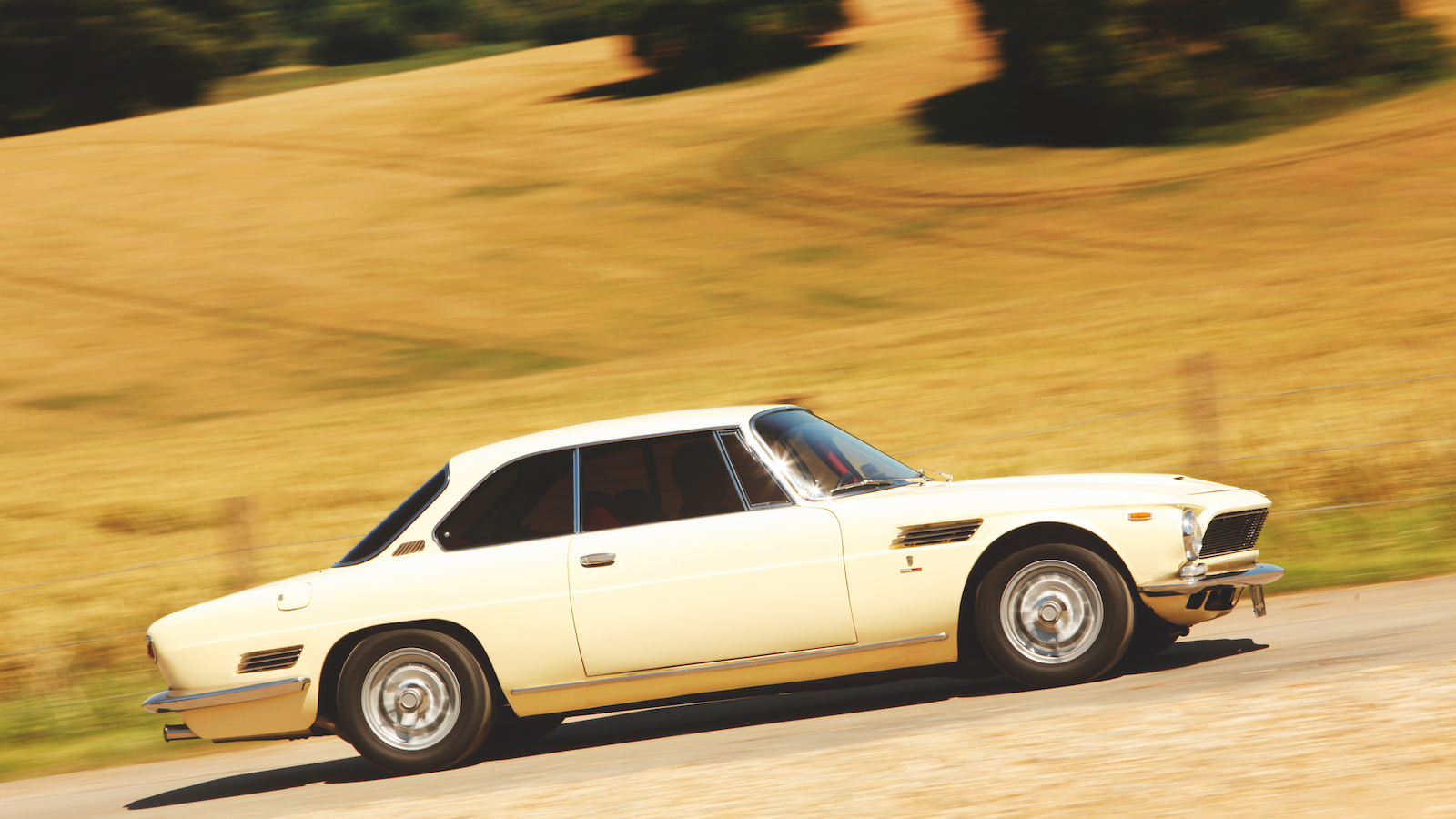 © Tony Baker/Classic and Sports Car
© Tony Baker/Classic and Sports Car -
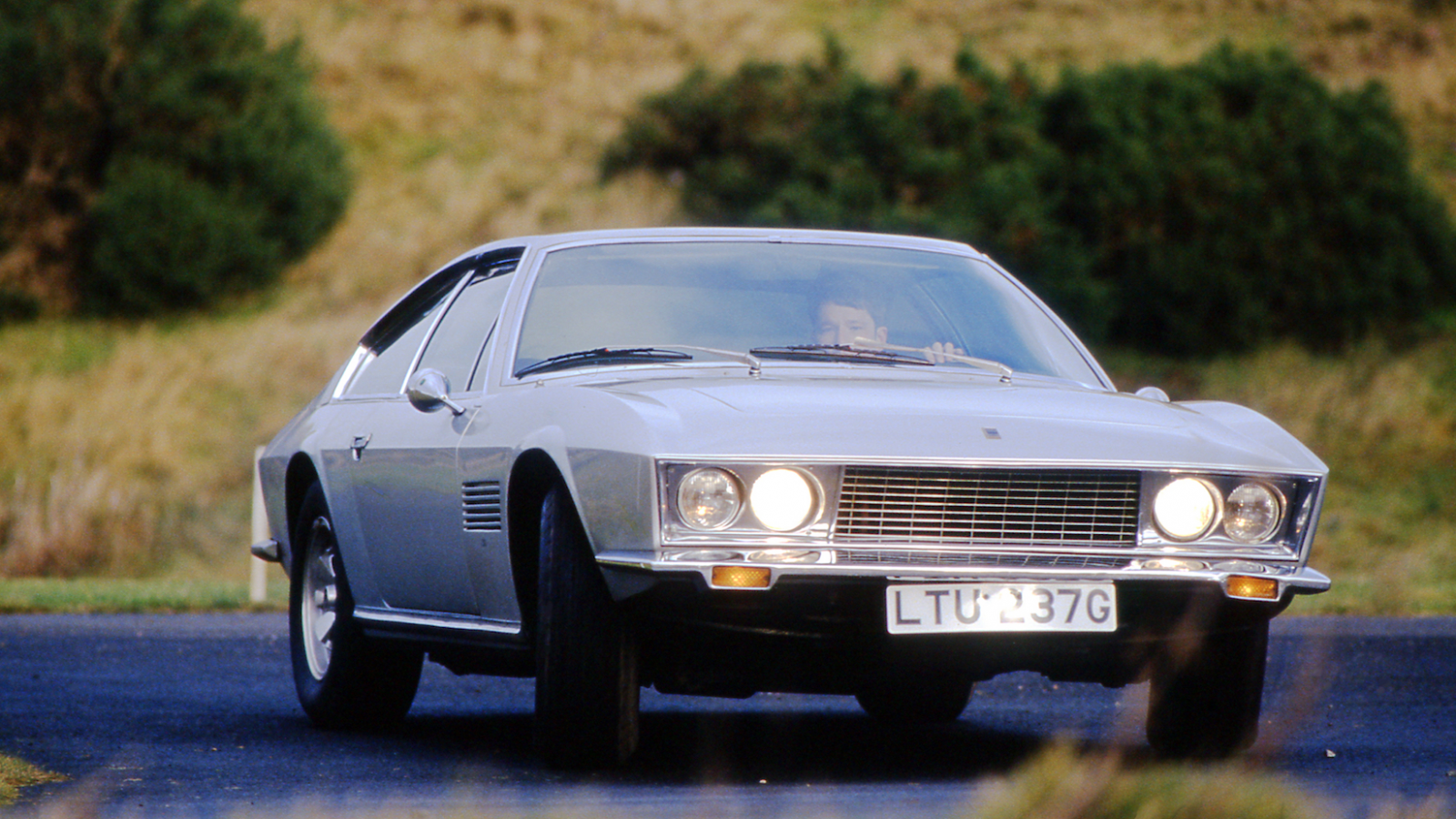 © Classic and Sports Car
© Classic and Sports Car -
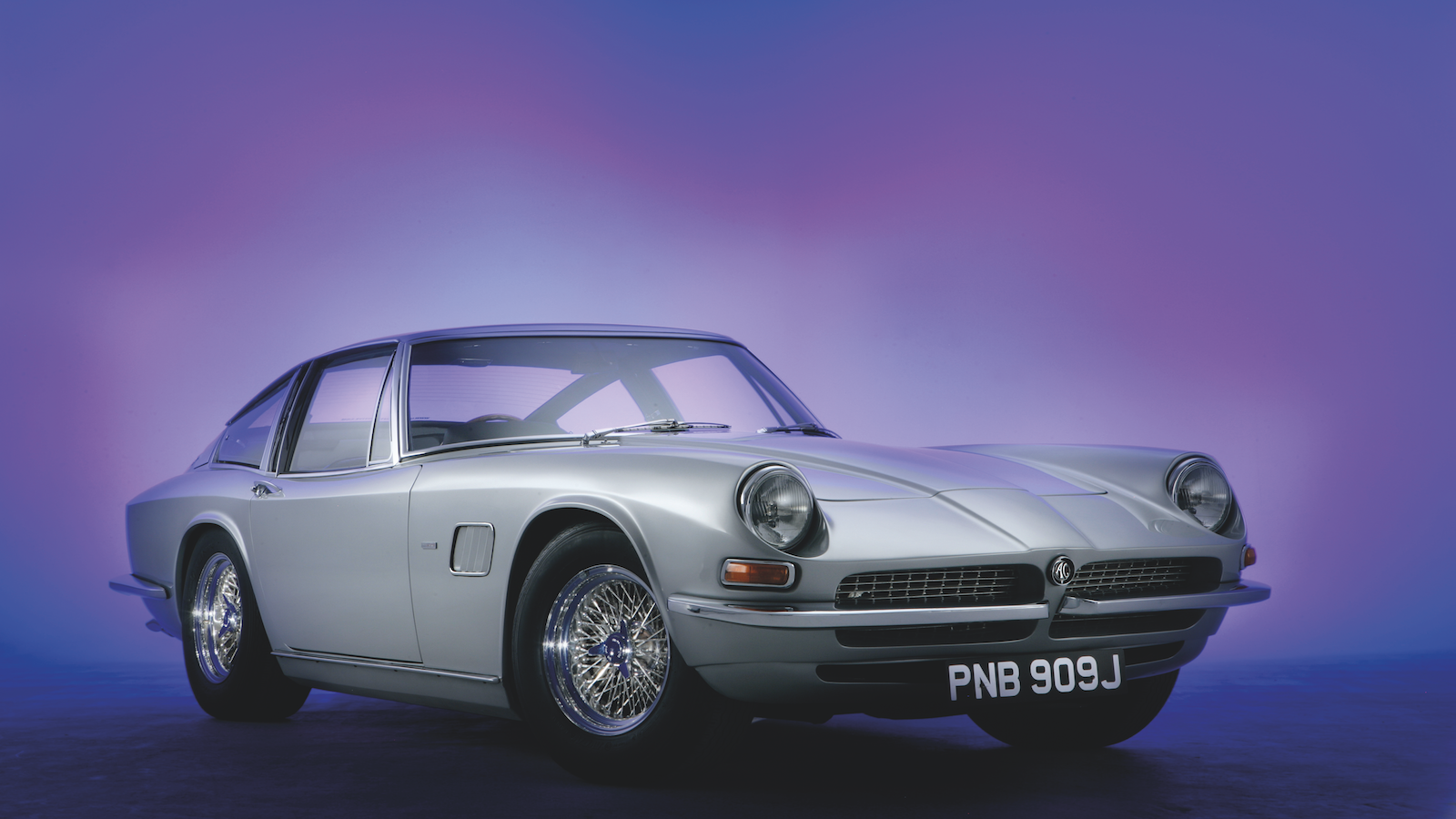 © Peter Spinney/Tony Baker/Classic and Sports Car
© Peter Spinney/Tony Baker/Classic and Sports Car -
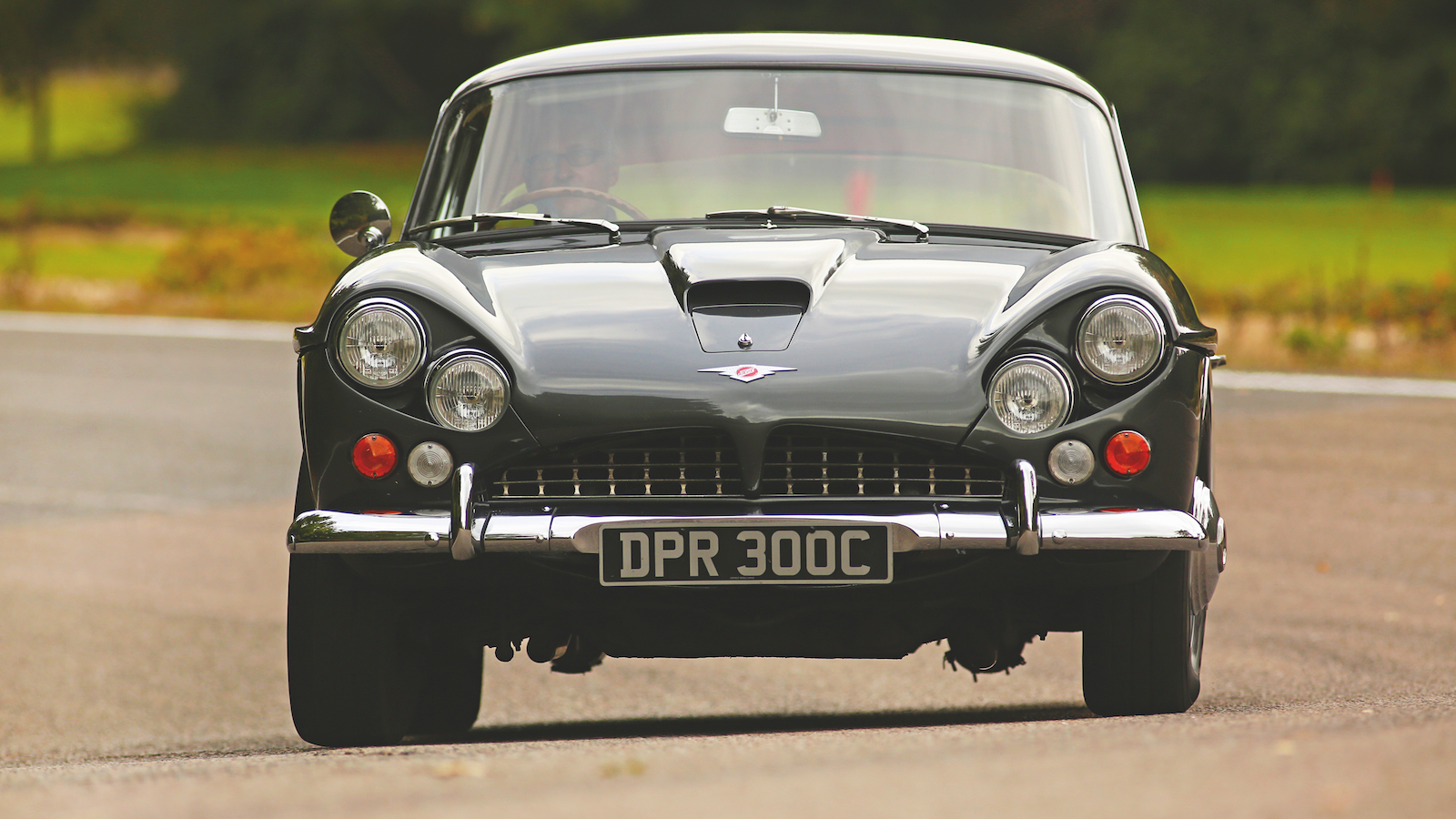 © Tony Baker/Classic and Sports Car
© Tony Baker/Classic and Sports Car -
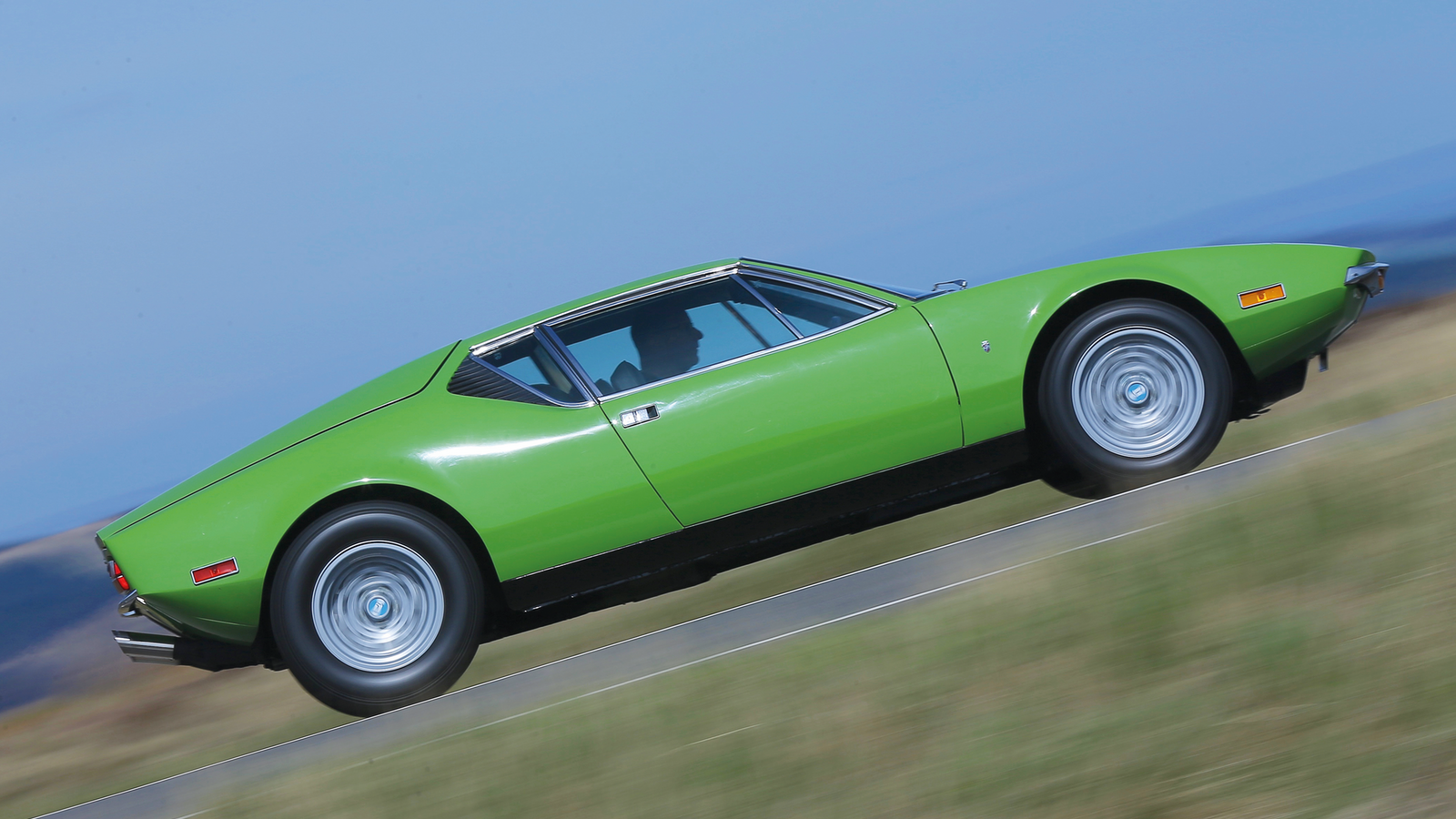 © Julian Mackie/Classic & Sports Car
© Julian Mackie/Classic & Sports Car -
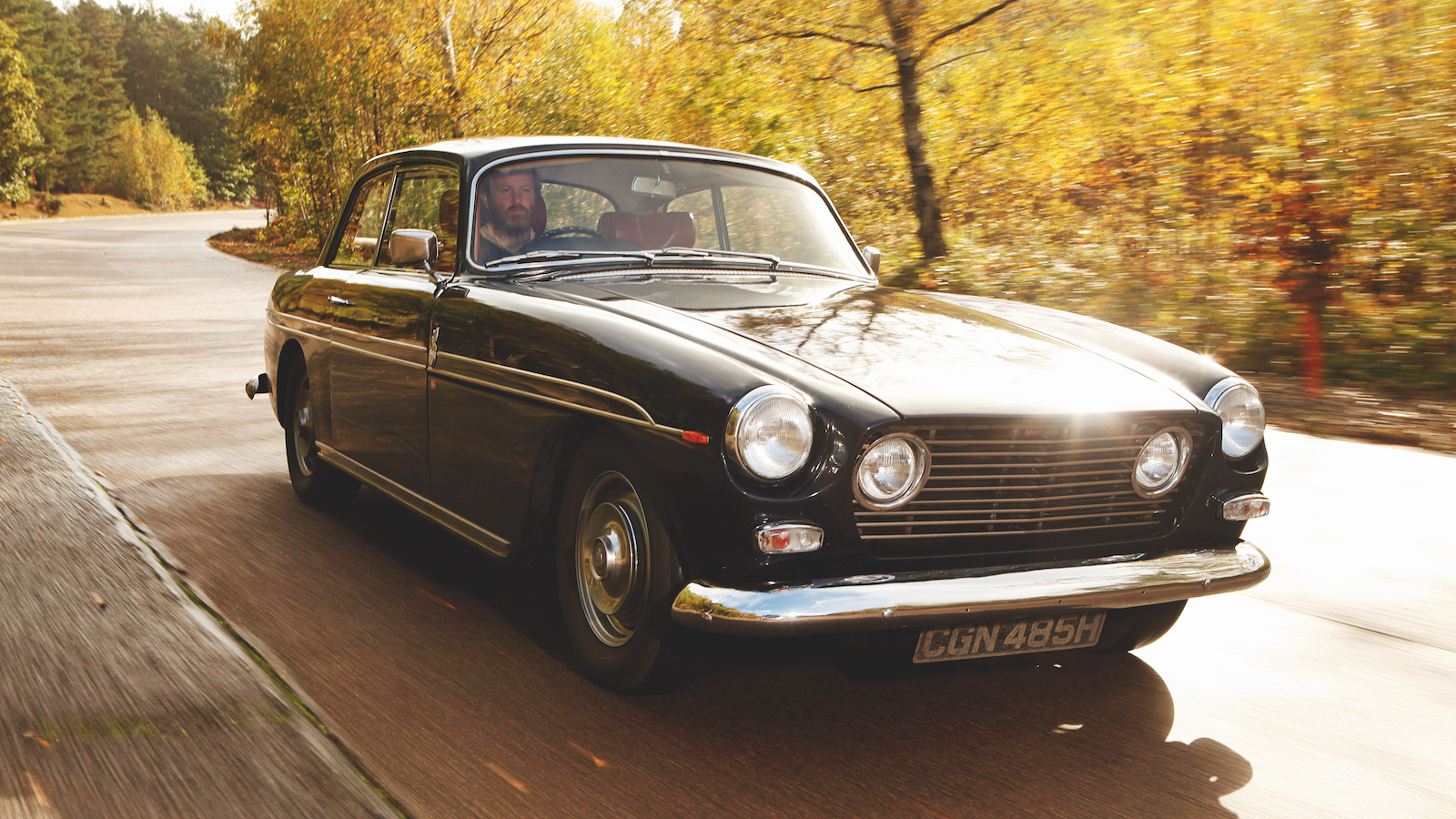 © Tony Baker/Classic and Sports Car
© Tony Baker/Classic and Sports Car -
© Jamie Lipman/Classic and Sports Car
-
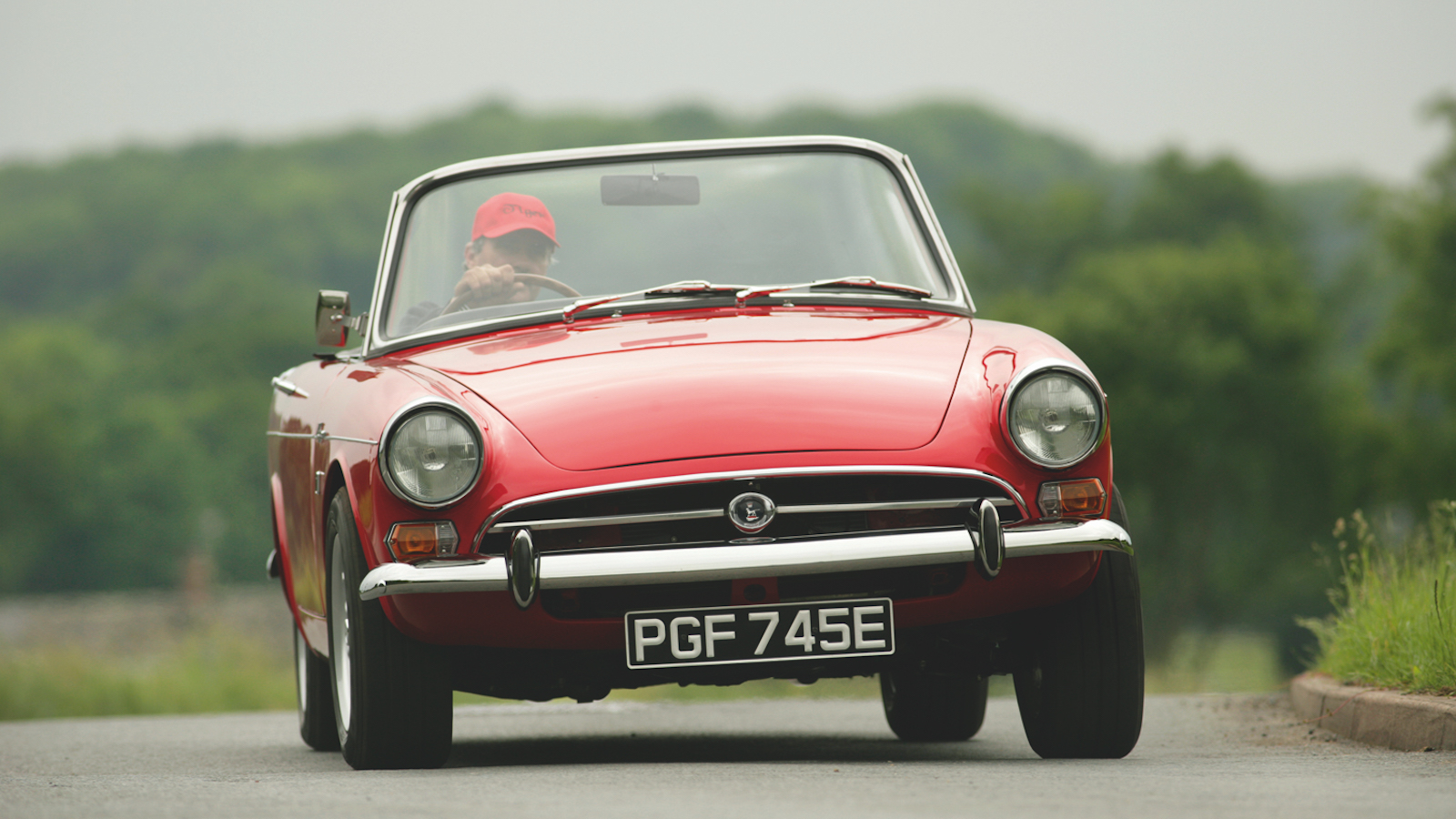 © Tony Baker/Classic and Sports Car
© Tony Baker/Classic and Sports Car -
 © Haymarket
© Haymarket -
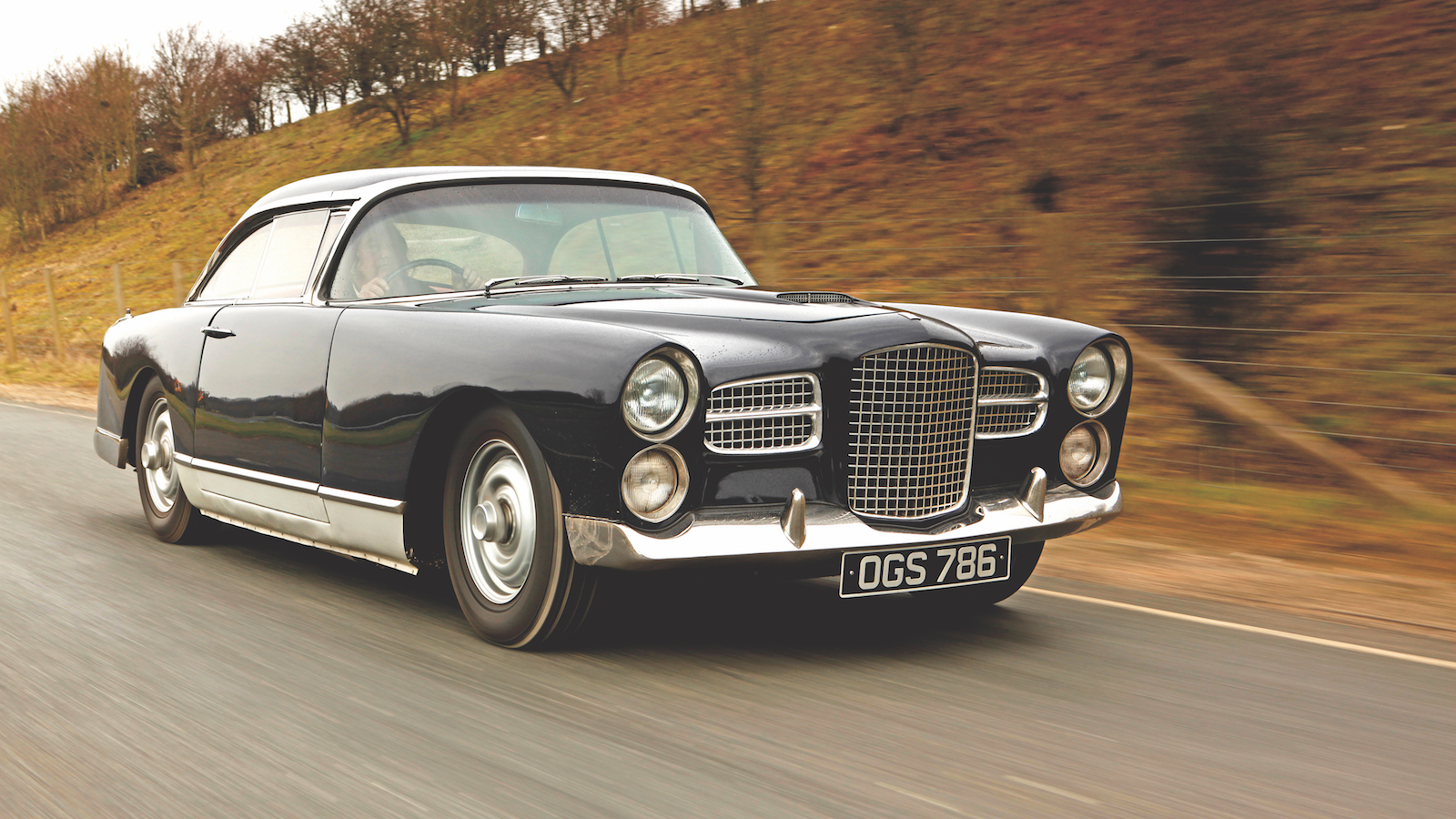 © Tony Baker/Classic and Sports Car
© Tony Baker/Classic and Sports Car -
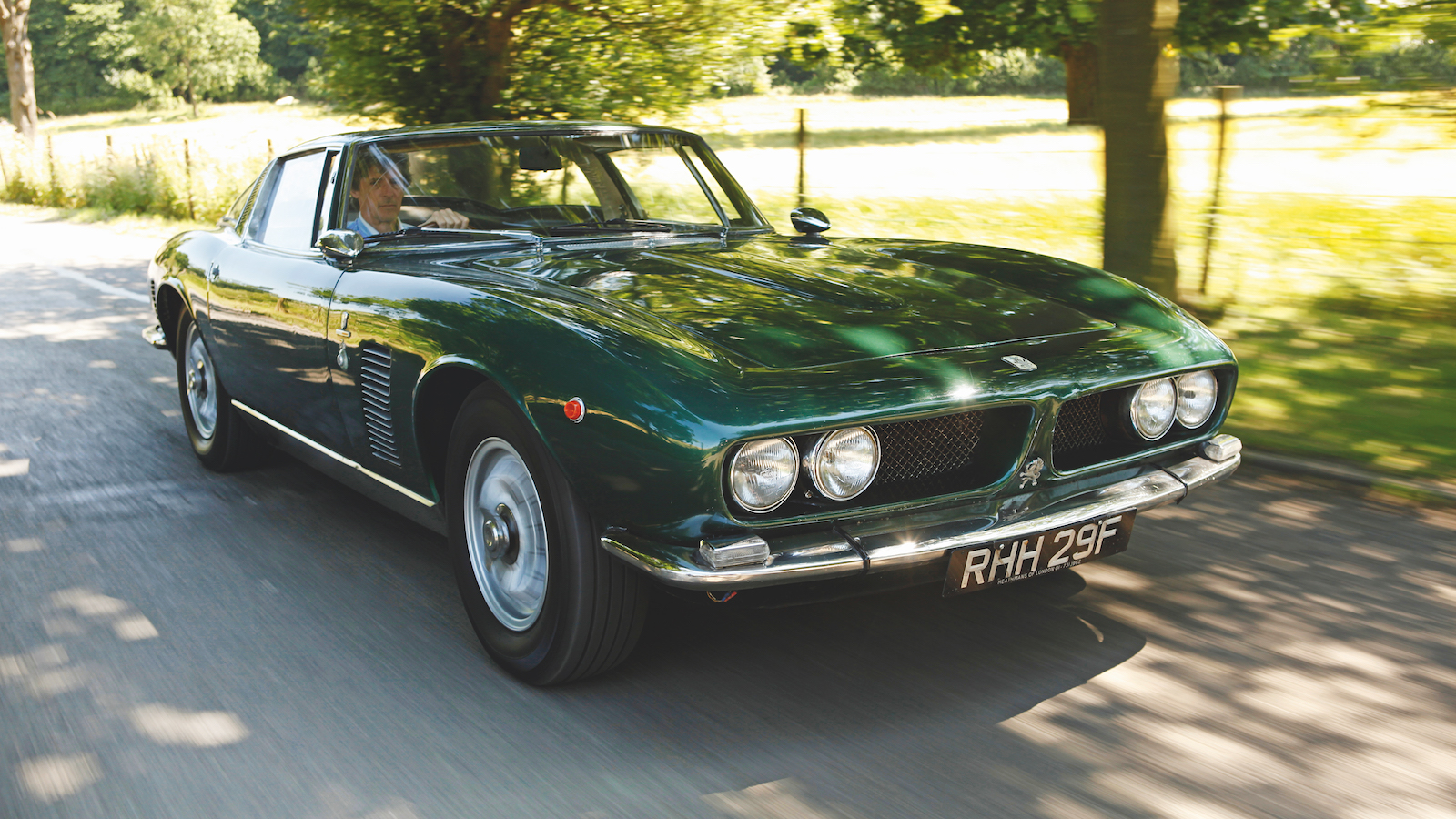 © Tony Baker/Classic and Sports Car
© Tony Baker/Classic and Sports Car -
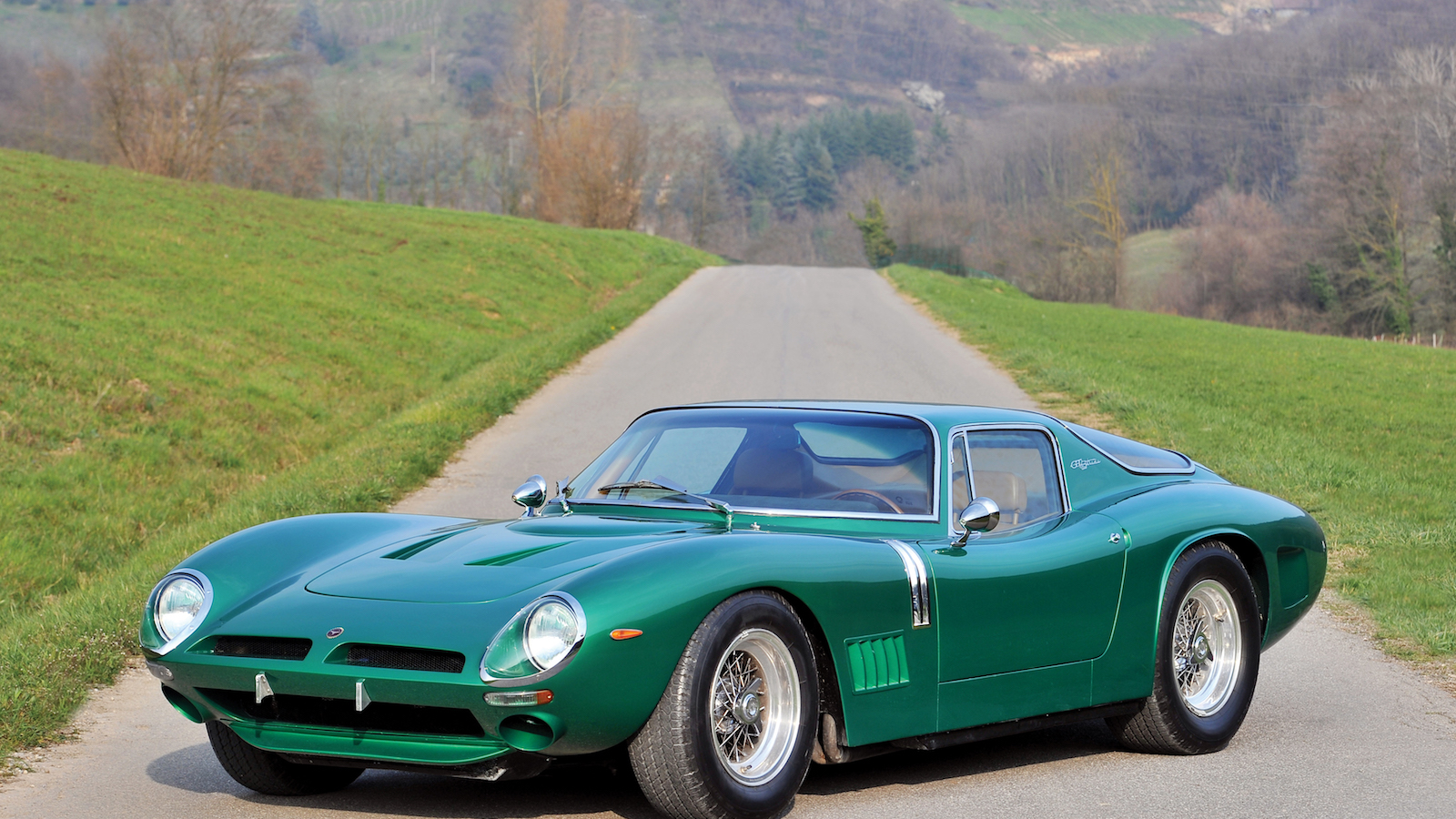 © RM Sotheby’s
© RM Sotheby’s -
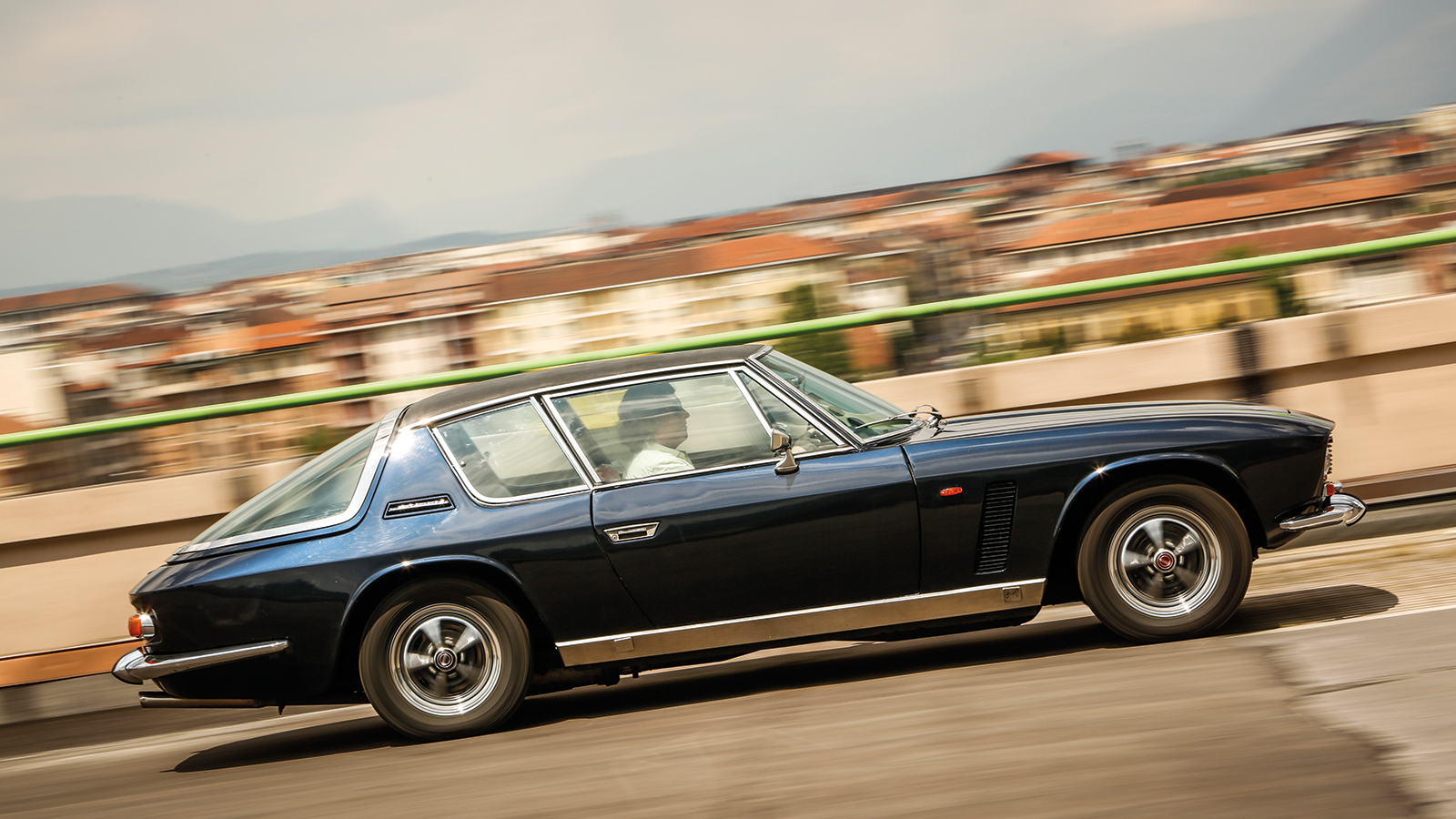 © Tony Baker/Classic and Sports Car
© Tony Baker/Classic and Sports Car
-
No replacement for displacement
Back in the 1950s and ’60s, slotting an American V8 under your car’s bonnet was, for many manufacturers, the fastest route to making it go faster.
Whether they were trying to inject some muscle into their lightweight sports car or wanted to fast-track their slinky Ferrari rival without the time and engineering costs of creating their own potentially ruinous engine, a Chevrolet, Chrysler or Ford V8 was guaranteed to do the trick.
These 16 cars all featured Michigan muscle under their European skins.
-
1. Gordon-Keeble
Based on a design by Giorgietto Giugiaro at Bertone, the Brit-built Gordon-Keeble was powered by a 300bhp 5.4-litre Chevrolet Corvette V8.
Unfortunately, problems with suppliers sent the firm into liquidation, and despite production briefly restarting under new ownership, only 100 cars were ever built.
-
2. De Tomaso Mangusta
De Tomaso’s earlier Vallelunga got by with a humble 1.5-litre Kent engine from a Cortina, but its replacement doubled the cylinder count.
American buyers received a Ford 302cu in (5-litre) V8 under the gullwing engine cover making around 230bhp, but European customers got the better deal. Their smaller, but more highly tuned 289cu in 4.7-litre V8s made over 300bhp.
-
3. AC Cobra
Having lost the supply of Bristol engines for its Ace sports car, AC had switched to the Ford Zephyr’s straight six when Texan racer Carroll Shelby called with a request to go large.
Starting in 1962, AC shipped engine-less cars to Shelby’s facility in Los Angeles, where Ford’s 289cu in (4.7-litre), and later, 427cu in (7-litre) V8s were slotted beneath the alloy bonnets.
-
4. Iso Rivolta
About as far removed from his tiny Isetta bubble car as it’s possible to get, Renzo Rivolta’s next project was a handsome Bertone-designed GT with a 5.4-litre (327cu in) Corvette powerplant mated to Jaguar brakes and suspension.
Iso continued its association with Chevrolet with the later Iso Lele – until squabbles over money caused Iso to jump ship to Ford.
-
5. Monteverdi High Speed
Styled in Italy and assembled in Switzerland, the does-what-it-says-on-the-tin High Speed GT owed its pace to a series of big-block Chrysler V8s.
One-time Swiss Ferrari concessionaire Peter Monteverdi is known for his GTs, but he also tried – and failed – to take on Ferrari itself with the Hai supercar. Sadly, only two prototypes were built.
-
6. AC 428
Looking to muscle in on Aston’s territory, AC asked Italian coachbuilder Frua to create a GT body to top a stretched version of the Mk3 Cobra’s chassis.
Power came from Ford’s 7-litre, 428cu in, big block V8, delivering effortless 140+mph performance. Unfortunately, the cost of shipping the cars to Italy and back made them expensive and only 80 were produced.
-
7. Jensen CV8
Like Bristol, Jensen turned to Chrysler of America to up its performance game. But, unlike Bristol, it went straight for the company’s big-block engines, with spectacular results.
Such as? Well, Autocar’s 330bhp 361cu in (5.9-litre)-powered 1965 test car hit 60mph in 6.7sec and managed 136mph flat out.
-
8. De Tomaso Pantera
The Mangusta’s replacement switched from a steel backbone chassis to steel unibody construction, but stuck with tried-and-tested Ford V8 power.
The 351cu in (5.8-litre) Cleveland V8 behind the seats pushed out around 330bhp gross, and pushed the Ghia-designed, Modena-built Pantera to 160mph.
-
9. Bristol 408
Only a hardcore Bristol fan would spot the subtle styling changes differentiating the 406 and 407. But the performance was night and day different.
In an effort to keep pace – literally and figuratively – with rivals, Bristol ditched the old 2.2-litre BMW-derived straight-six for a 5.1-litre Chrysler V8 for its newer car, which could now top 125mph.
By the time the 408 (pictured) was introduced, capacity was up to 5.2 litres, but later cars featured even more powerful 6.3-litre engines.
-
10. Allard J2
Seeing potential in the US market for a more performance-focused product, Sidney Allard’s London-based company created the sporty J2 roadster in 1949.
Brit buyers made do with a humdrum home-market 85bhp flathead V8 from the Ford Pilot, but US cars were shipped without engines so the buyer could drop his choice of Oldsmobile, Cadillac or Chrysler V8 under the heavily vented bonnet.
-
11. Sunbeam Tiger
F1 champ Jack Brabham hit on the idea of dropping a Ford V8 into the Rootes Group’s mild Sunbeam Alpine, but it fell to Cobra-creator Carroll Shelby to make it happen.
Series One cars were fitted with a relatively mild 260cu in (4.2-litre) V8, but Series Twos switched to the newer, and gutsier 289.
Neither of which impressed Rootes’ new owner Chrysler, who didn’t like the idea of a rival engine in one of its cars and pulled the plug.
-
12. TVR Griffith
US-based car dealer Jack Griffith thought he could apply the Cobra recipe to TVR’s fibreglass Grantura by slotting the same Ford 289 (4.7-litre) V8 under a bulging bonnet.
The result was hugely quick – unlike the delivery of bodies from Blackpool. A long dock strike in the US crippled the project and it died after fewer than 300 cars had been produced.
-
13. Facel HK500
Having built a reputation for producing elegant bodies for other luxury brands’ cars, Facel became a manufacturer in its own right in 1954 with the launch of the Facel Vega FV, and later, this HK500.
The Facel’s design and finish oozed sophistication, and if the Chrysler-sourced pushrod V8s weren’t exactly sophisticated, there was no arguing with the 120+mph pace.
-
14. Iso Grifo
Giotto Bizzarrini was a busy man after leaving Ferrari in 1961’s infamous engineering exodus: he helped found ATS, designed a new V12 for Lamborghini and was contracted to create Iso’s new Grifo A3/L.
Early Grifos used the 327cu in (5.4-litre) Corvette V8 familiar to Iso Rivolta owners, but later versions were fitted with the Corvette’s optional monster 427cu in (7-litre) motor that supposedly propelled the car to over 180mph.
-
15. Bizzarrini Strada
What started as a competition offshoot of the Iso Grifo became the Bizzarrini Strada when Bizzarrini and Iso parted ways.
Strada, of course, means street, but the competition version put its Corvette V8 to good use on the track, coming home first in class, and ninth overall, at Le Mans in 1965.
-
16. Jensen Interceptor
The CV8’s successor swapped glassfibre for steel bodywork designed by Touring of Milan and crafted by Vignale, its most striking feature being a huge wraparound rear window.
Chrysler supplied the engines again, starting with the same 383cu in (6.3-litre) V8 as the later CV8s.
But from ’71 it offered a gargantuan 440cu in (7.2-litre) monster that produced up to 330bhp net (or 390bhp under the old SAE rating system) in rare triple-carb ‘six-pack’ form.
